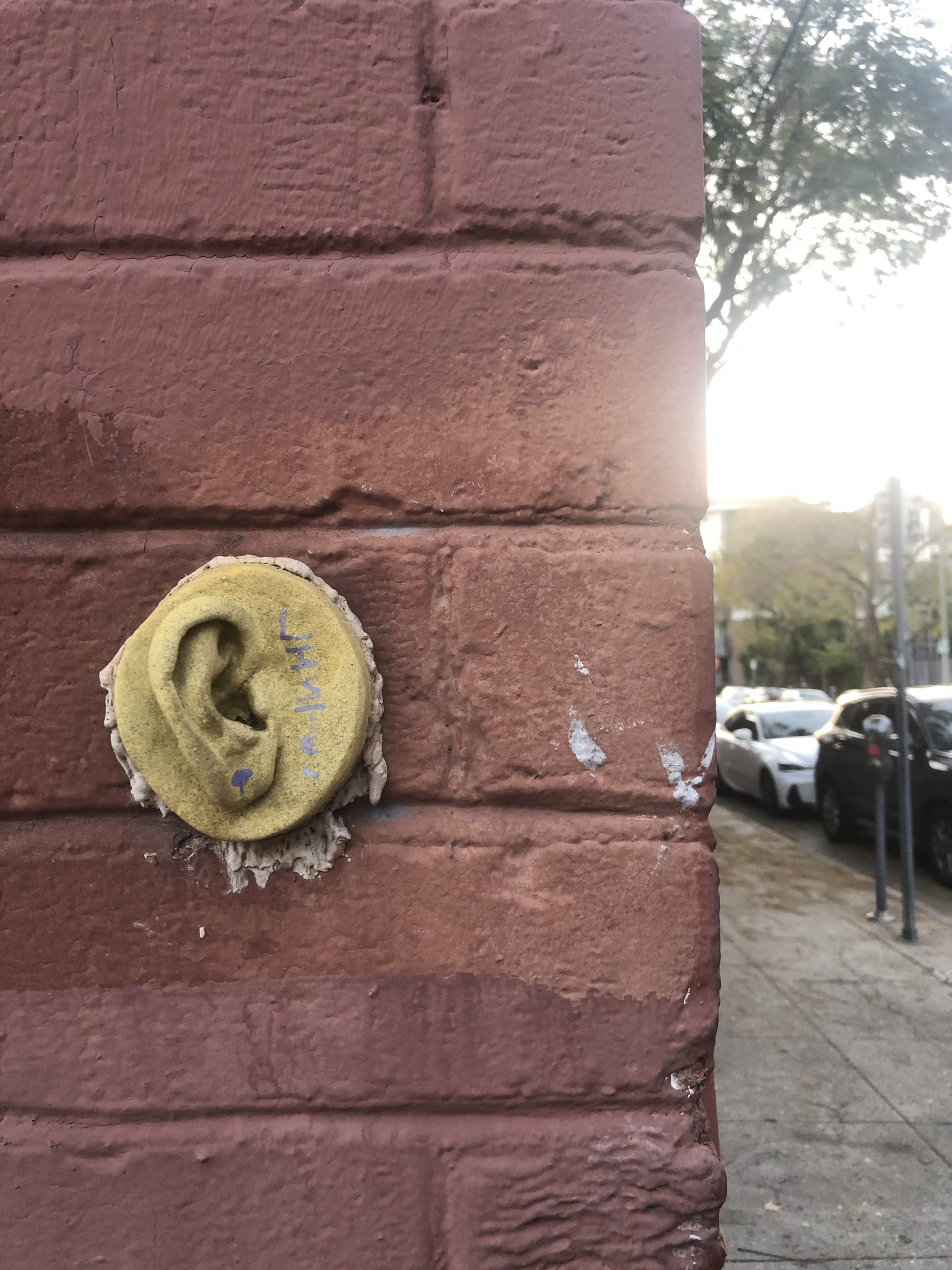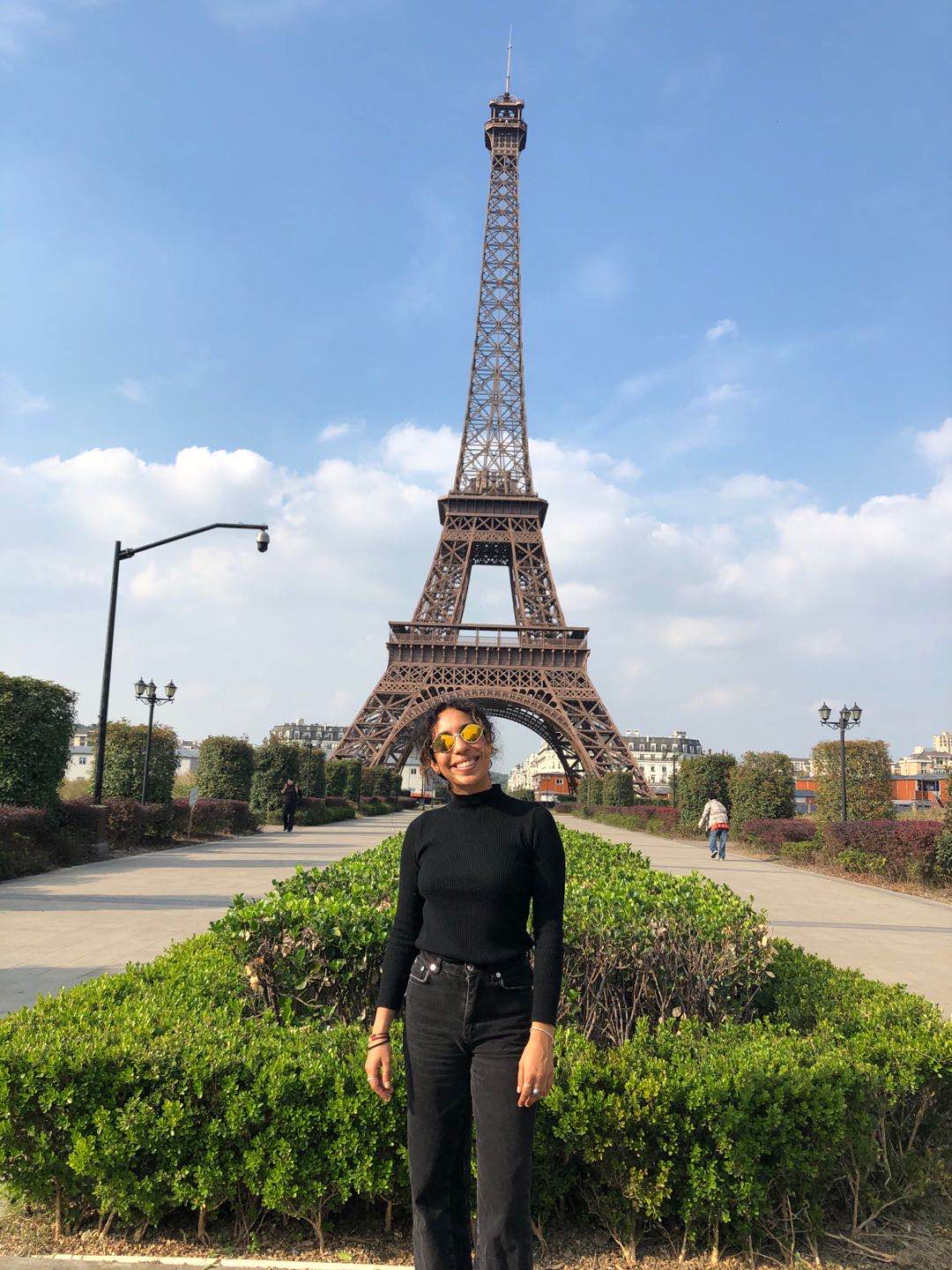
In a time when my personal life feels like it’s barely surviving a battle between herself and equally strong outside forces that do not respect boundaries, I’m not sure if this is the right mental energy to talk about this topic as it is an important one. However, I’m taking the energy I can depend on to focus my thoughts on really diving into my reflection on the first chapter “BLACK LIVES, BLACK LIFE” from Aphro-ism by Syl and Aph Ko. I mentioned in a previous post The Bedside Bench Pile (Anti-Racist Veganism and Transformative Writing Books I’m Currently Reading) how transformative this book has been in deconstructing the white-supremacist framework (in me) that ultimately informs the way I view the world and the way I believe to do things that ultimately will never work towards leveling the playing field. Work such as eliminating racism, classism, sexism, speciesism, etc. All these “isms” ensure both people, nonhuman animals, and ultimately the planet is viewed and understood in a way that promotes and perpetuates harmful stereotypes, tolerance to inevitable violent behavior, and what it means to move about in a world within this “map” that has been given to us and is instilled in systemic infrastructures that influence our societal way of living, thinking and maneuvering throughout the world. I’ve mentioned before to my classmate and instructor that this book is like the map we need to understand how the world is continuing to function as it is. If I could picture it, it’s like an astronaut looking at planet earth from an outside perspective and view. You are better able to understand how everything works, how the roads are created, and where they lead as well as potential roadblocks that can be found along the way. This book has given me a clearer understanding of the framework (roads) which we believe to be the only existing one. Without this book, I’d keep taking a left turn thinking it would lead me to the left, not knowing that the left is just the far right of the right. Hence, still in the same damn lot, I was trying to escape in the first place.
There are now so many frameworks that work to dismantle the harm and destructiveness towards people, nonhuman animals, and the planet such as anti-oppression, solutionary, sustainable, etc., However, ultimately, none of this would be necessary if we didn’t function under a white supremacist regime and framework that allows such horrific actions towards others (colonialism being one obvious one) with little to no remise.
This first chapter of the book “BLACK LIVES, BLACK LIFE” focuses primarily on helping the reader understand the difference between both black lives and black life, using #blacklifematters and diversity to identify how these terms alone can fail to miss the point when we talk about the importance of black life in white spaces. “There’s a troubling aspect present in both, and that is the interpretation of blackness or brownness as essentially bodied.”(1)
The way that I have come to understand this point is that as long as blackness or brownness are thought of/used/represented/acknowledged/accounted for in only a matter of a physical body (such as a body count or the mere presence of a body) then #blacklifematters and diversity, which both aim to include black and brown lives, will fail to truly accept and incorporate the aspects of Life: society, culture, philosophy, understanding, knowledge, practices frameworks, etc. from people of color as worthy enough to be part of the larger discourse that shape our frameworks and inform the way we view the world and ultimately live.
You can begin to see the circular motion in this framework and how it is created to function to oppress nonwhite humans and ultimately, nonhumans.
Of course, Syl Ko says it way better, “Understanding beings as “bodied” becomes a problem when beings are viewed primarily in terms of their bodies. That is, reducing conscious, active beings with viewpoints, interests, and/or projects一subjects一into merely the biological frame that houses the source of this activity一objects一is destructive to those beings.”(1)
As long as blackness and brownness are understood and reduced primarily to bodies, then the justification of violent behavior towards these bodies will continue to be tolerated. Whether that is social or physical segregation, displacement, violation of rights, police brutality, heightened policing, or simply asking “well what were they doing” when hearing of police killings against a person of color. Hence, justifiable tolerance.
Similarly, what is keeping people of color as merely “bodied” in society and mainstream dialogue is also what is keeping nonhuman animals reduced to nearly bodied as well, and therefore the continuous horrific tolerance and acceptance of slaughtering for meat, violent rape of female nonhuman animals for their reproductive abilities (dairy and egg industry), animal experimentation, incarceration in zoos (and aquariums) and for human entertainment purposes. If we look into our history, we can see similar horrific practices committed toward humans via slavery, human experimentation (product of wars or simply the manipulation of bodies through political powers), and human exhibits in zoos, to name a few. This doesn’t mean black and brown bodies and nonhuman bodies are similar to each other biologically. What Syl and Aph perfectly make clear throughout their book is that the similarities in behavior towards both people of color and nonhuman animals come from the same source, which they gracefully describe and dismantle is the human-animal divide made possible through the Eurocentric white-supremacist framework.
Side point: black and brownness, when spoken about as inferior to white, are not being referred to by biological means. We all know, black, white, brown, yellow, or every color of the rainbow human is still a human, and of course, we know no humans should be treated unjustifiably in society. For example #blacklivesmatter vs #alllivesmatter. When we point to our color as a point of measuring the injustice and violence towards those lives, we are trying to bring awareness that blackness and brownness (regardless of the biological classification) is in fact a political identity.
A highly recommend watching Christopher Sebastian McJetters: Exploring Connections Between Black Liberation & Animal Liberation. Vevolution Festival (2014, March 4). He does a great job of connecting black liberation and animal liberation in a way that is easy to understand and simply helps deconstruct the frameworks in us when speaking about this topic.
At the end of the day, we can thank Eurocentric white supremacy frameworks, the human-animal divide, colonialism, and settler mindsets.
To not deviate further away from the point of this first chapter, in order to fully be diverse in our work, in our understandings, and in the way we view and live we must not reduce black and brownness to mere bodies but rather incorporate, accept, seek, explore, and welcome black and brown Life. “We’ve been so focused on biological black “lives” that we have lost sight of what might be a cause of this problem: the routine dismissal of black Life.”(3) As she further discusses, life encompasses more than just the biological body. “Life includes those activities that make life worth living and valuable; it is what lends weight to our existence as human beings.”(3) As long as society continues to reject or devalue the contributions offered by black people and people of color than their representation in spaces such as “diversity and inclusion” remain cosmetic, a term coined by Syl and Aph Ko (I believe). As they mention, others call it “imperial diversity” and Angela Davis calls it “corporate strategy”.
“Cosmetic diversity: be black, think white.” (5)
Cosmetic diversity is possible through the devaluing of black Life. A company seeking to obtain the body count of black and brown bodies to receive the stamp of diversity but fails to invite these voices to the discussion table and actually valuing or giving weight to the ideas these voices contribute isn’t true diversity. It’s not diversifying anythingーonly the body count. Black lives does not equal black Life. They are not the same thing. One is biological, and the other is everything else that creates and builds life into our species, communities, and selves. Syl perfectly explains this in color, “you can be a diehard activist, shutting down highways with your protests against police killings, and still be a part of the problem if you fail to take seriously black art, black theory, black perspectives. You can be the president of the committee on diversity and still be an enemy to true diversity if your only concern is to recruit black and brown bodies instead of black and brown ideas.” (6)
As the first chapter of this book, I truly appreciate the way Syl carefully and tactfully addresses the missing links to terms and social movements that are here to help include people of color in white spaces and mindsets. It also is a great foundation for the rest of the book which only continues to powerfully deconstruct the frameworks that we all work within, with little or no thought. They bring awareness to the water we swim in and say: hey, look, this water tank is just a tank, there is a whole ocean out there. And this tank’s filter sucks. It’s no wonder our waters are always filthy. It’s no wonder fish are dying.

Author
Natalie Amezcua








0 Comments